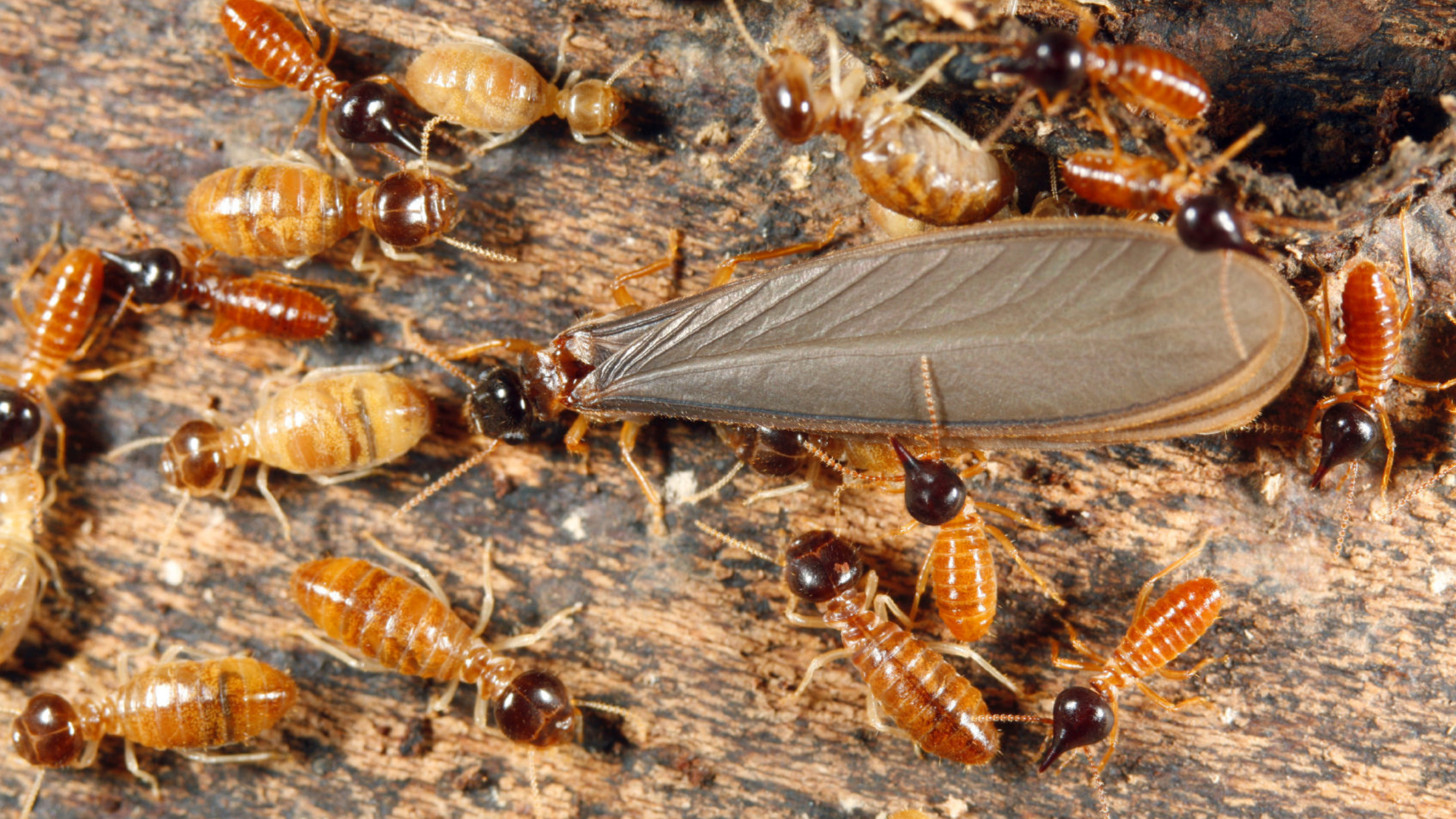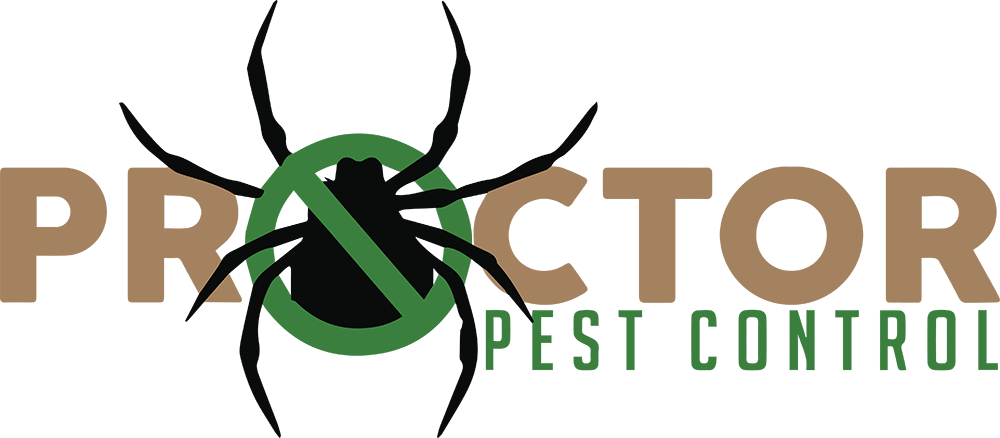
10 Mar Flying Ants vs. Termite Swarmers
Flying insects can be troubling to spot, no matter what they might look like outside. However, different insects can provide dangers to a home. In the warmer months, flying ants and termite swarmers take off simultaneously. How can you tell the difference between the two, and what dangers do they pose to your home?
If you’re interested in learning more about the difference between flying ants and termite swarmers, you’ve come to the right place. Read on to learn more about what sets these two bugs apart and what you need to prepare for in the warmer months. There’s quite a bit to cover, so let’s jump right in.
What is the Difference Between Flying Ants and Flying Termites?
Flying ants and flying termites are both airborne during their lives, but they’re not the same critters. Let’s talk about some distinguishing features you can note with both creatures. Once you know what to look for, you should have no trouble assessing the risk.
Flying ants typically do not cause as much structural damage, though they can form disruptive nests in or near a home. They tend to eat food, debris, and other bugs inside homes. Worker ants will only live for a few months, though the queen can survive for a few years.
Some physical traits that come with flying ants include:
- A pinched waist with more sectioned pieces
- Bent antenna on the head
- Unequal wing lengths
Flying ants are slenderer in the air than flying termites are.
On the other hand, flying termites settle and cause structural damage when they settle. The bugs get into the wood and harm the integrity of the home. They eat cellulose, which is the nutritious material found inside plants. Termites can live for a few years, while queen termites can last a few decades. They’re much heartier than flying ants.
Here are a few of the physical traits that come with flying termites:
- Straight antenna on the head
- Equal length wings
- Straight waist with minimal curves
Flying termites are straighter and less defined than flying ants.
The biggest difference that lies between these two creatures is the disaster they cause. Although flying ants can cause structural damage, flying termites are much more likely to cause this trouble. Flying ants are more of a nuisance than anything. If you notice swarming creatures, act as soon as possible to protect your living space.
Take Control of Flying Pests
Flying ants and termite swarmers can cause trouble with swarming and nesting. If you find either of these on your property, you must contact an expert to help you determine if there’s a chance they could invade your home. They can help you decide if you should act or if you’re safe.
If you do notice pests building nests or settling, contact Proctor Pest Control right away. We can help you determine which bugs you’re dealing with and find the best course of action to keep your space safe. We offer free quotes for customers.



